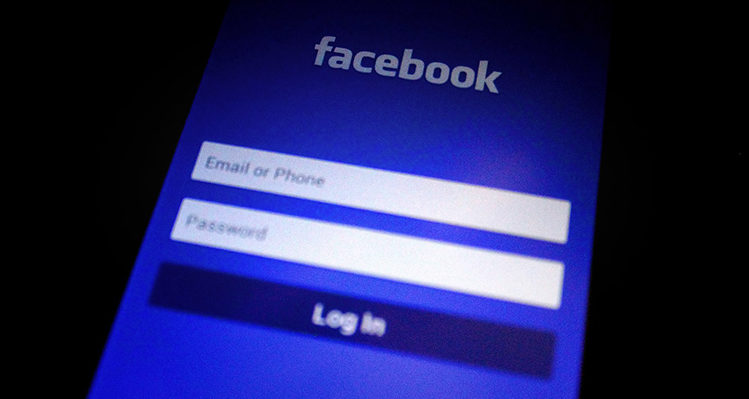
Photo Credit: Google Images
If you ever wondered why some content becomes popular on Facebook, and other content does not, the secret is the Facebook algorithm. In the early days, this algorithm consisted of just a few key factors, but now it purportedly consists of over 100,000 individual factors. While tracking to “crack” that algorithm certainly seems daunting, there are still ways to use what’s known about the Facebook algorithm to get your content noticed.
The Facebook algorithm, deconstructed
If you boil down the Facebook algorithm to just a handful of factors, you would probably come up with something like the following:
- Engagement
- Relevance
- Timeliness
In other words, you would want your Facebook post to get plenty of user engagement – not just likes, shares and comments, but also reactions like the “wow” emoticon. You would also want your post to be relevant to users viewing it. If your company or brand sells widgets, for example, it would be helpful if the people doing all the liking, sharing and commenting are people who have shown their preferences in the past for widgets. And it would also be helpful if the content is “sticky,” helping to keep visitors on the page. And, finally, you would want to make sure that your Facebook post is relatively fresh and up-to-date.
The goal of the Facebook algorithm
According to Facebook, the goal is to show you the type of content that “matters most to you.” In a perfect world, of course, that means that you’re not being shown a lot of irrelevant content in the virtual world from people you never interact with in the real world. It would mean that your newsfeed every day is filled with interesting articles, important updates and lots of stuff worth checking out. In other words, the Facebook algorithm would make sure that you’re not just getting lots of cute kitten LOL photos from total strangers.
But is that really the way the algorithm works? Remember, there’s often a gap between theory and practice. In practice, you get things like “fake news.” You also get trapped in a “filter bubble” where everyone around you seems to have the same views on a topic. And, finally, you’re inundated with viral memes and “clickbait” that everyone seems to be clicking on and liking.
How the Facebook algorithm can be gamed
Of course, there’s a good reason for that. The focus on engagement means that clickbait articles that people are going to like, click on and share are going to pop up in your newsfeed. The focus on relevance means that it is going to be close to impossible to hear any views that are different than your own, and so you’ll feel like you’re trapped in an echo chamber. And the focus on timeliness means that viral memes are going to remain popular, no matter how silly they are.
For brands, that means they should focus on creating certain types of content that will resonate with users based on these factors. Beautiful images with upbeat slogans on them are good because people will like them and share them. Anything funny works, too. And content that’s mildly controversial – as long as it gets people commenting and sharing – is good, too.
The Facebook algorithm tries to stay one step ahead of users
Facebook, of course, has tried tinkering with its algorithm to keep brands and other users from gaming the system. Every now and then, Facebook makes little tweaks and the game changes again as users rush to catch up. And Facebook has even brought in human editors to help sort things out and get rid of troubling content like “fake news.” Facebook realizes that the algorithm is, at least, a little bit broken.
That’s the good news. The bad news is that so many people are on Facebook these days – 2 billion and counting! – Facebook can’t possibly show you everything that’s being created out there, and especially not if you have 1,000+ friends and have “liked” hundreds of Facebook pages. So Facebook has to make choices. The only question, really, is whether those choices are going to be made in favor of Facebook owners or in favor of Facebook users.